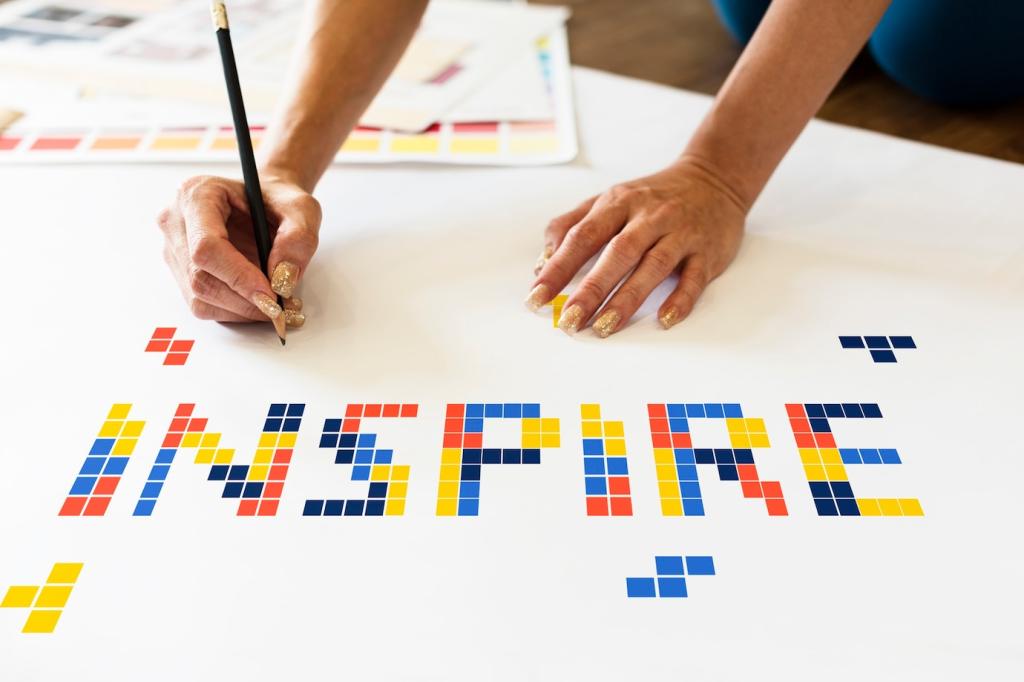Feedback Without Friction
Start with the objective, then discuss how the design supports it. Cite research, metrics, or principles. Replace “I don’t like” with “This weakens the goal because…” Share a critique script you use to keep discussions productive.
Feedback Without Friction
Use a single thread with clear prompts, deadlines, and tagged reviewers. Encourage emoji reactions for quick signals and reserve comments for actionable notes. Tell us your favorite async tool stack and how you keep noise low.




